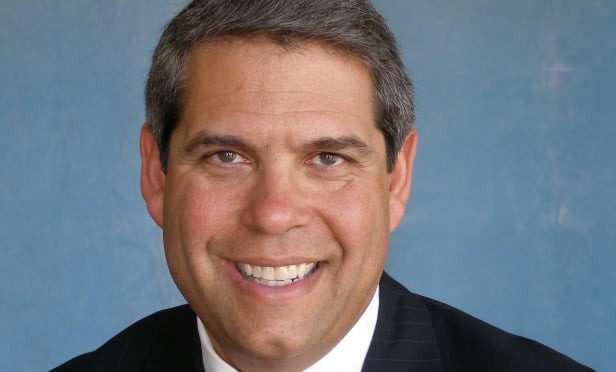 Chris Cooper is a managing director at Avison Young.
Chris Cooper is a managing director at Avison Young.
The industrial market has unarguably been the hottest market in Southern California—yet surprisingly, the vacancy rate in Los Angeles ticked up in the fourth quarter of 2018. According to a recent report from Avison Young, the vacancy rate increased nearly a full percentage point to 3% at the end of 2018, up from 2.1% in 2017. For 2019, the report forecasts that the vacancy rate will remain at 3% in 2019. While 3% is still a very tight market—and no reason for users hunting for space to celebrate—could this mean the beginning of a slow down in the industrial market?
Chris Cooper, principal and managing director at Avison Young, says no. “I think it is a blip. I would attribute it to additional construction, and it is really a matter of a property being preleased before delivery,” he tells GlobeSt.com. The industrial pipeline in Los Angeles has been growing and currently there is more than 4 million square feet of space under construction in Los Angeles, according to the report. The construction activity is definitely contributing to the increase in vacancy.
However, Cooper says that the market is going to remain tight for the forseeable future. In addition to housing two major ports, Los Angeles, like all major cities has seen the effects of ecommerce. “Online purchasing has been a huge boom for the industrial market, especially in Southern California,” says Cooper. “We have the two largest world ports and there is also demand from third-party logistics. The days of industrial focused on manufacturing with big pieces of steel and cars have changed. We don't do as much of that, but we are a major Artery to Asia. We are bringing in various raw materials and competed materials and completed products to be distributed all over the United States. You need industrial warehouse space to store those goods.”
The ecommerce market will continue to fuel strong market activity and demand in Los Angeles, specifically because ecommerce users need to be close to homes to quickly process orders. “It is freakish that you can order something online and have it the same day,” says Cooper. “The fulfillment, whether Postmates or clothes delivered, is incredibly quick. It is all about speed to the customer, so we are seeing more fulfillment centers and third-party logistics centers. We are expecting 2019 to be very similar to 2018, barring something cataclysmic.”
Cooper doesn't expect that vacancy rate to climb much more, even with ongoing construction activity and new deliveries. For the most part, there is little available land for new construction. “We are running out of places to build. The Inland Empire is really the last place where you can build, and it is very limited on where you can build,” he says. That limited availability will mean that demand continues to outpace supply.
© Touchpoint Markets, All Rights Reserved. Request academic re-use from www.copyright.com. All other uses, submit a request to [email protected]. For more inforrmation visit Asset & Logo Licensing.






